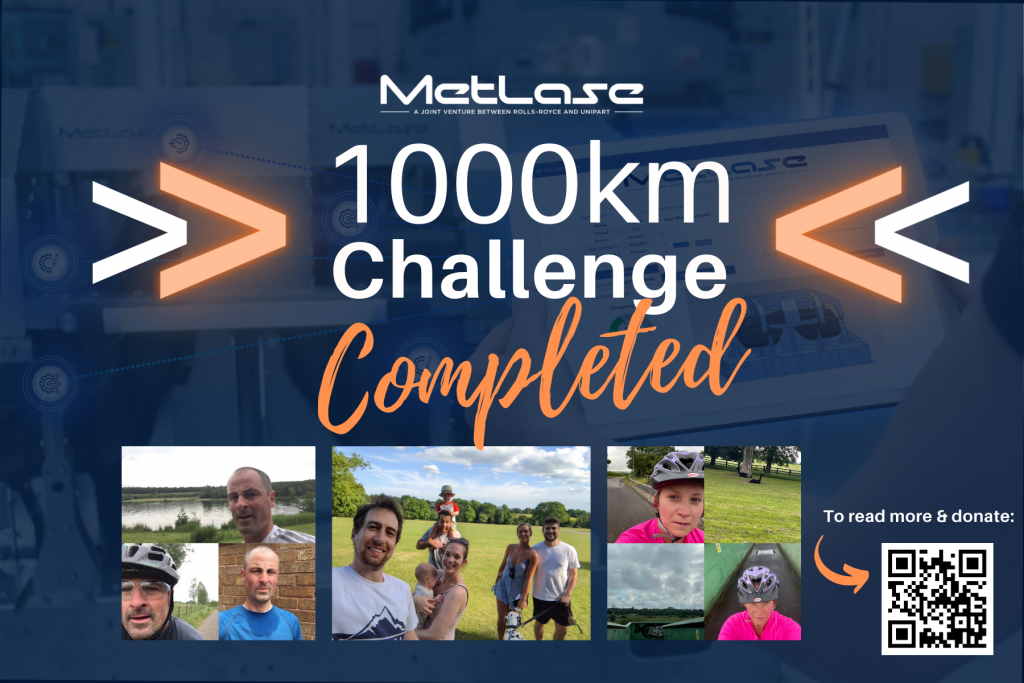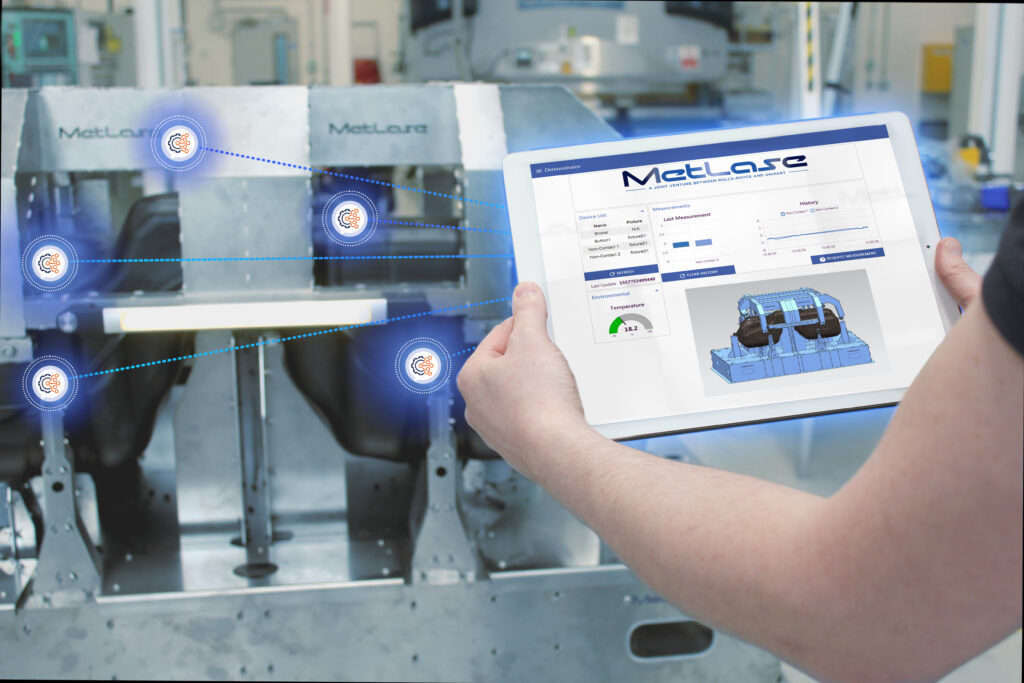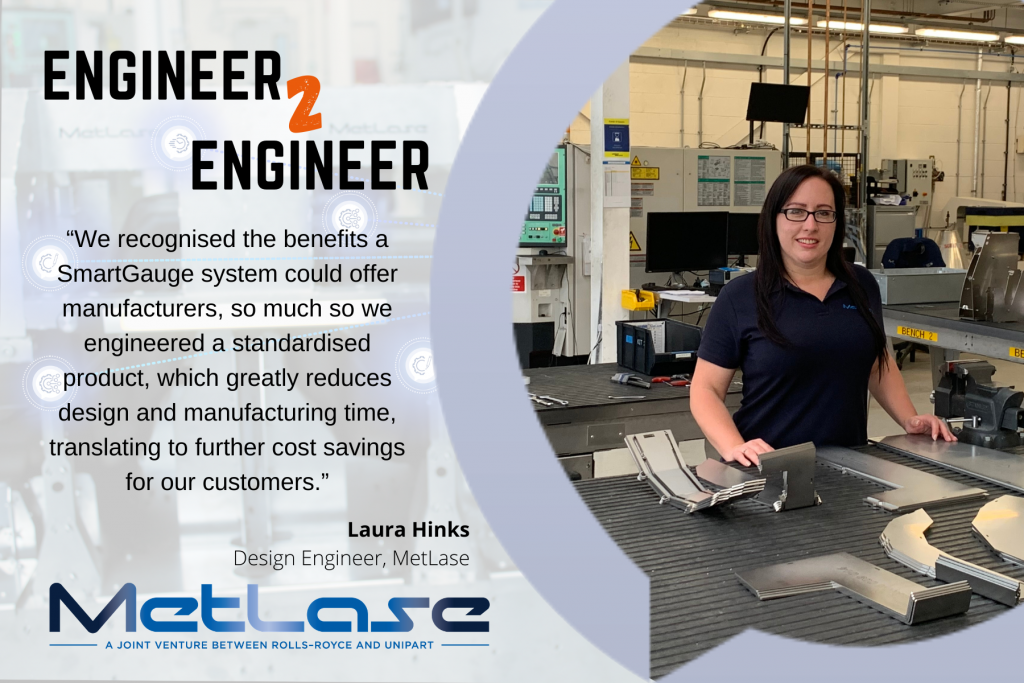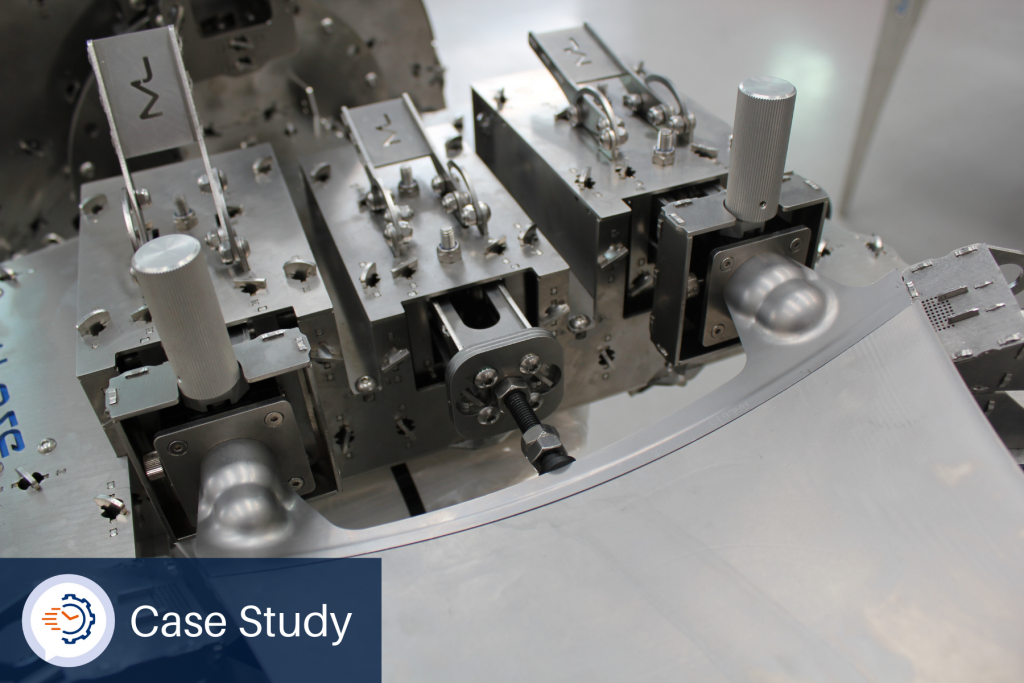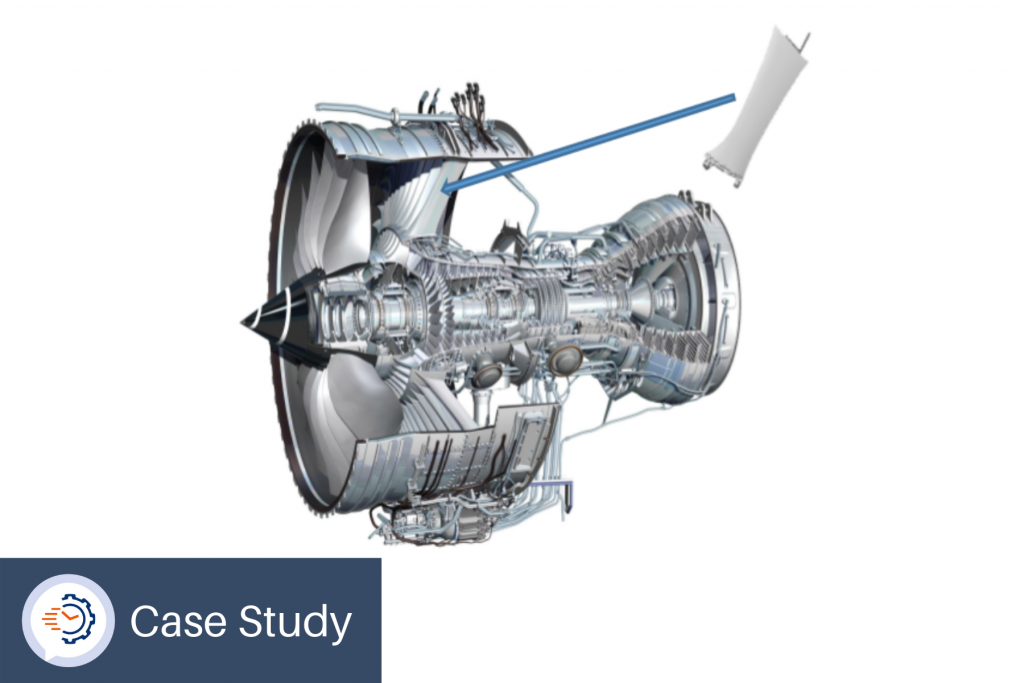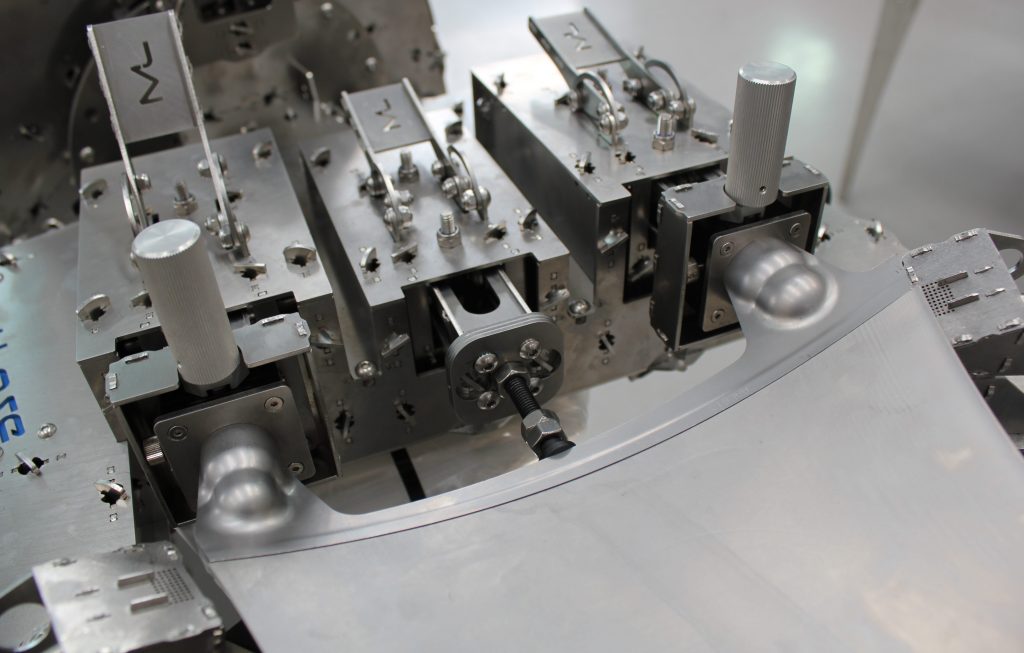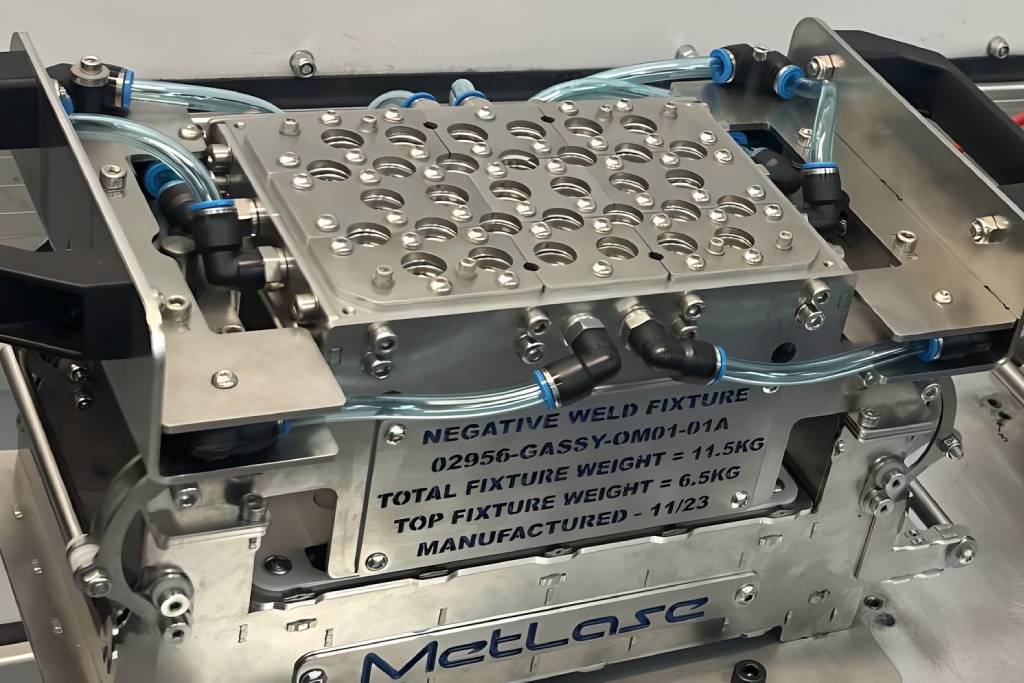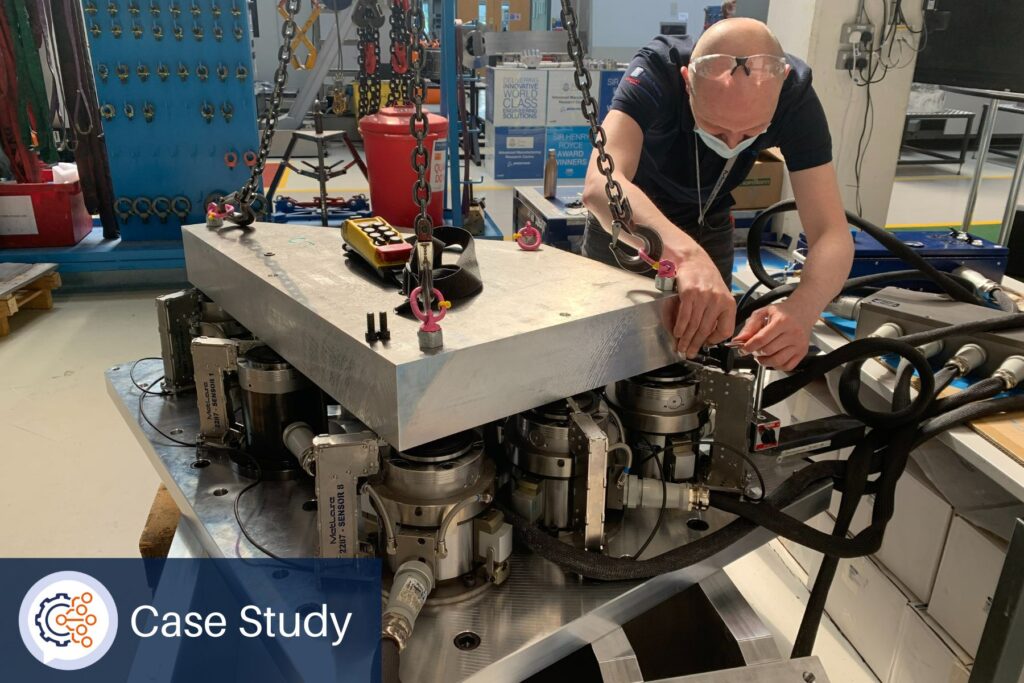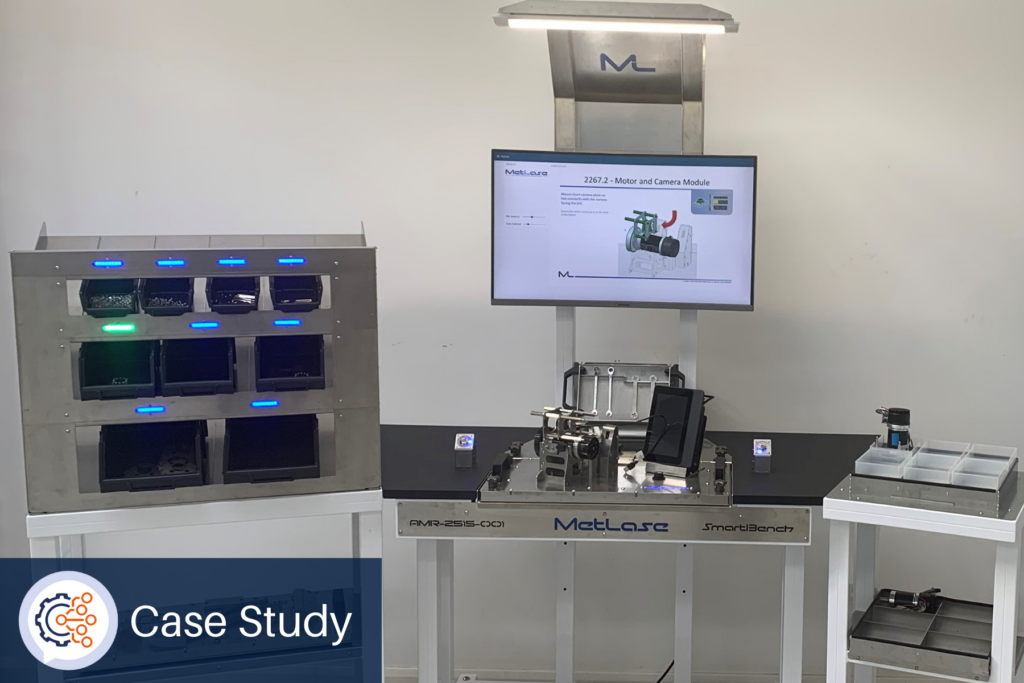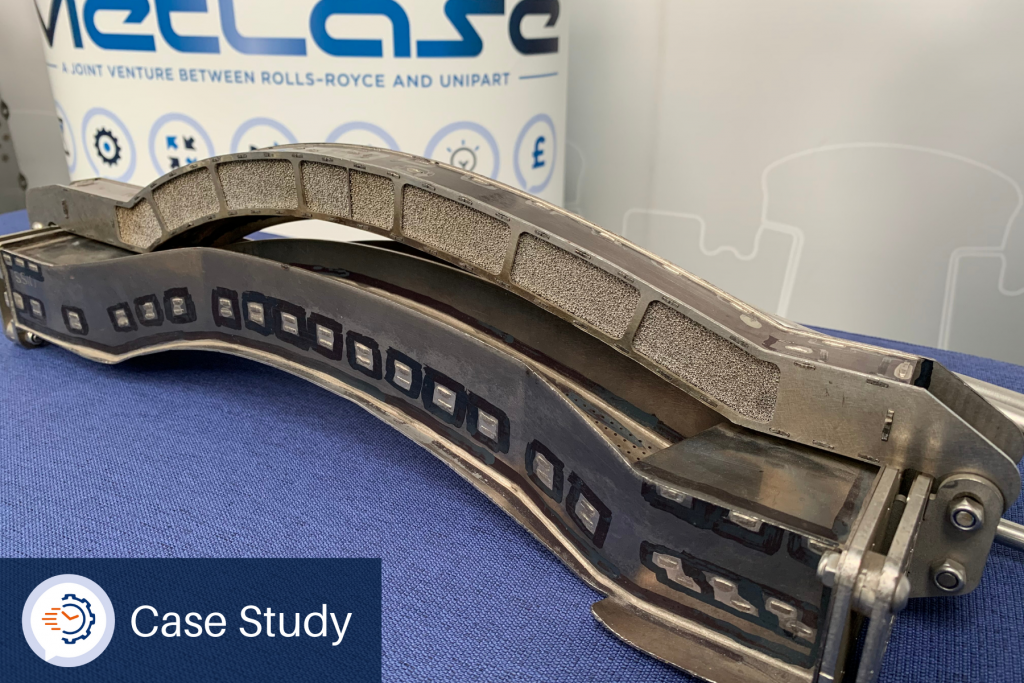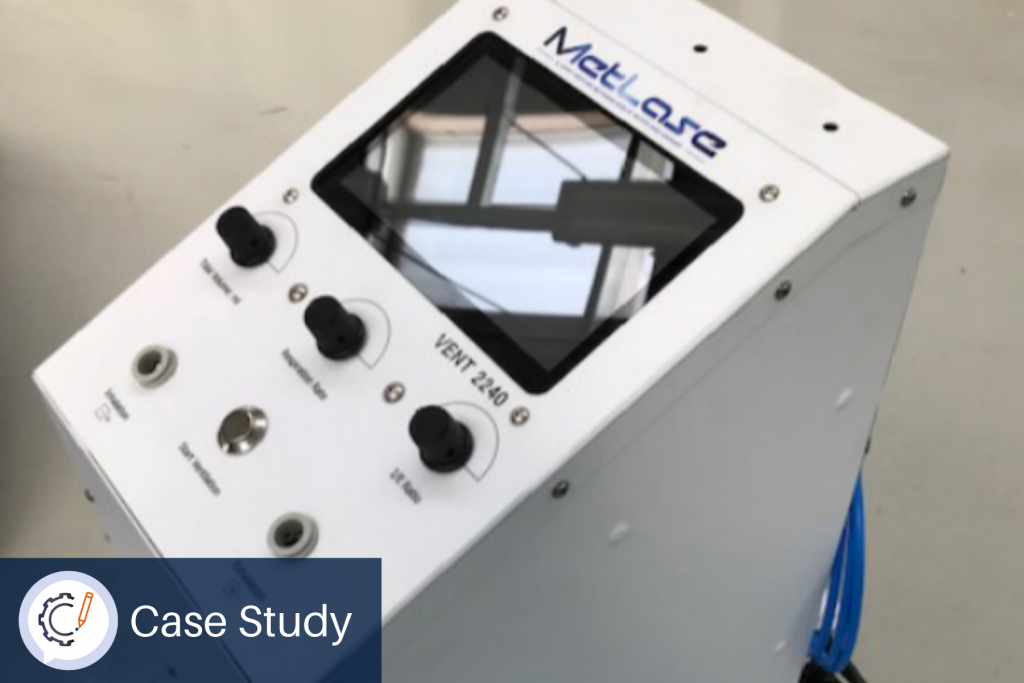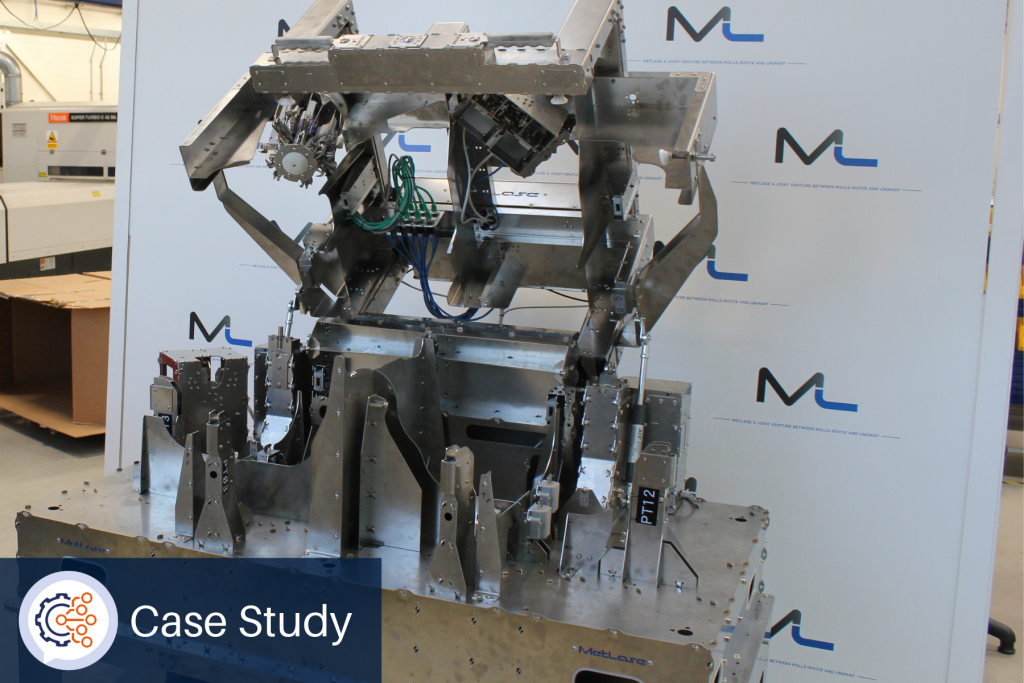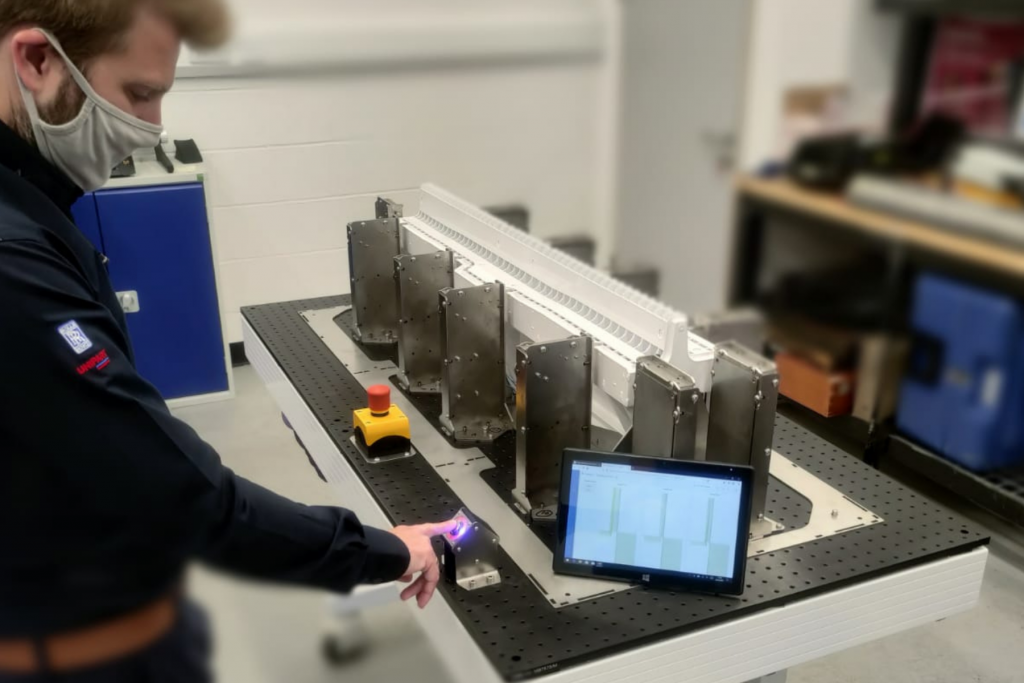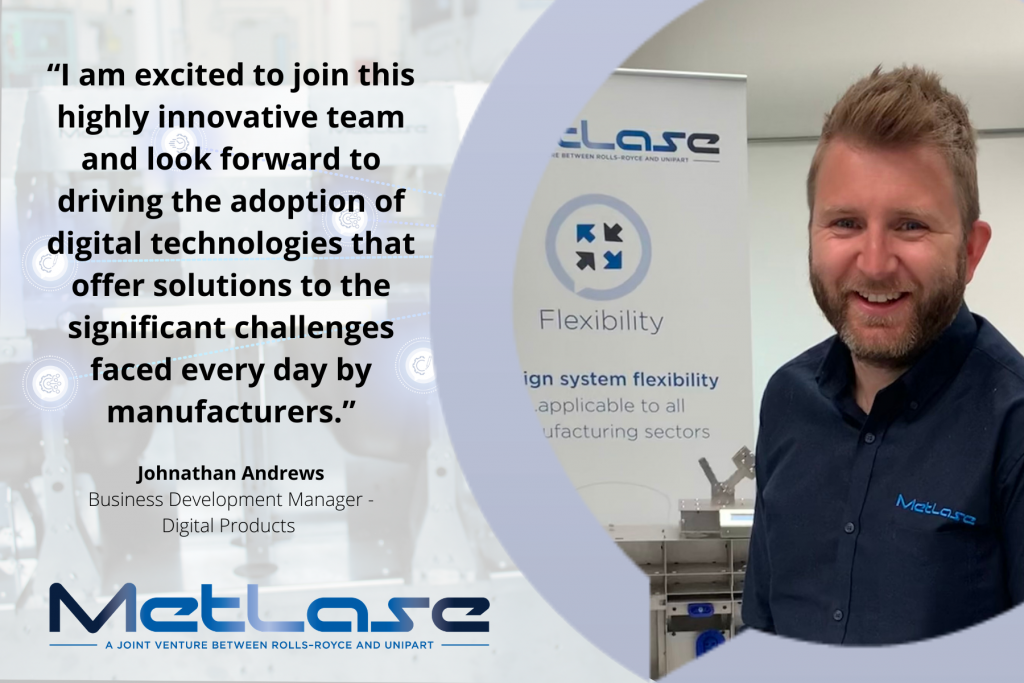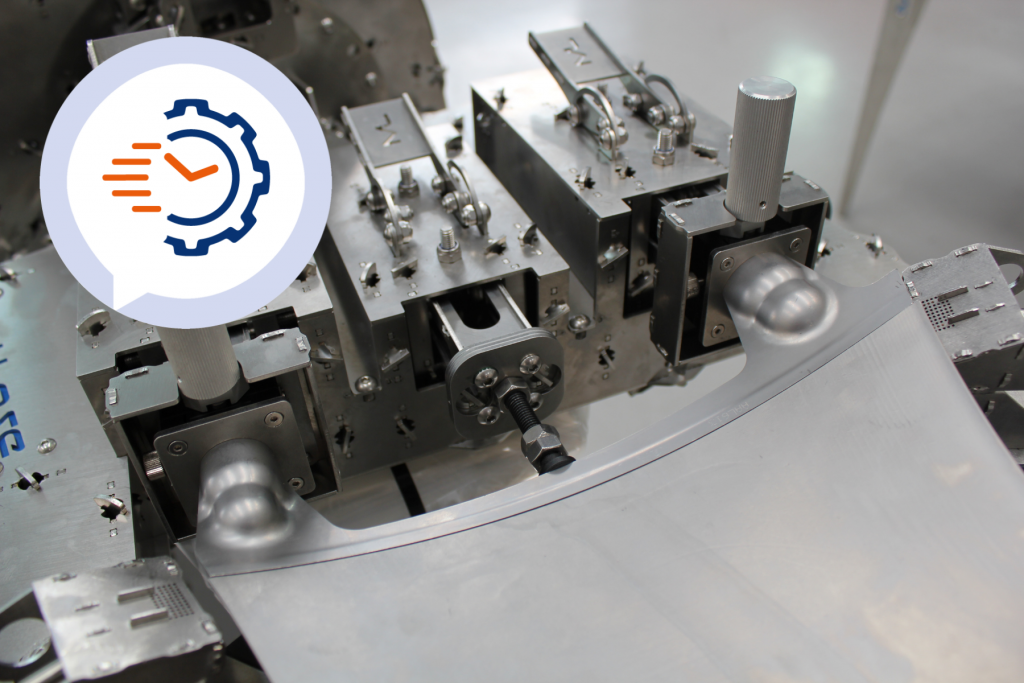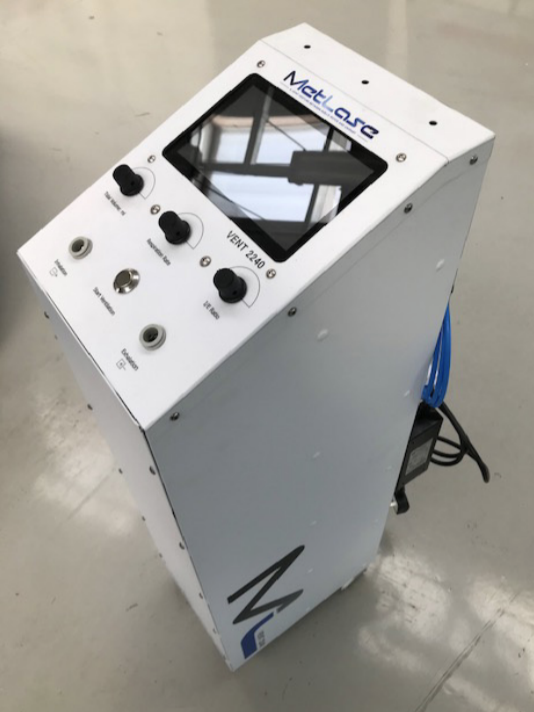New digital technologies set to deliver 20% growth ‘birthday present’ for MetLase
Published: 28th May, 2021
A world class tooling and intelligent fixturing specialist is celebrating its 5th birthday in style by setting its sights on 20% growth.
MetLase, which is a joint venture between Unipart Manufacturing and Rolls-Royce, is launching a new expansion plan that has speed, customisation and data at its heart through the launch of ‘smart’ products that give its global customer base the ability to reduce costs and be first to market.
Clients, including OEMs and suppliers involved in aerospace, construction, defence and renewables, are already tapping into the benefits of the Rotherham-based firm’s SmartGauge, SmartMachining, SmartBench and rapid tooling support.
Through close collaboration with the National Composite Centre (NNC), MetLase has also installed SmartGauge into the NCC’s Smart Factory Innovation Hub, which will help companies and composite component producers test quick-fire projects and early-stage technologies.
“Like all good manufacturers, we are continually evolving and making sure our expertise is channelled into giving our clients what they want – speed, customised solutions and data-rich intelligence,”
explained Richard Gould, Business Development Manager at MetLase.
“Tooling can take weeks to develop and deliver – this is holding industry back. Our response was to develop a rapid tooling and prototyping process that embraces all electro and mechanical elements of design, robust software testing and a range of patented in-house technology applications.
“This, along with the option to integrate electronics and sensors to support self-calibration, metrology and process monitoring, cuts the process to just days and means our customers will have an immediate answer to a production issue or the opportunity to be first to market.”
He continued: “A major aerospace client even challenged us to create a bespoke aerospace pipe fixture, which we did in less than 24 hours.”
MetLase has modelled its response to the demand for digital manufacturing in fundamental engineering principles and looks at how its fixture and tooling solutions can generate, harvest and display information in real time that is actionable and makes customers more agile and responsive to their own clients.
This involves taking traditional manufacturing techniques focusing on assembly, bonding, measuring, workholding and assembly workstations and exploring how they can be digitised in a way that allows them to provide their core function whilst also gathering data.
“For us, digital manufacturing is not a standalone entity. Instead, it should be a critical aspect of the process and operation, and it should revolve around data and, specifically, digestible, actionable data,” added Richard.
“A dedicated team has spent the last twelve months developing ‘smart’ products, including the SmartGauge (conducting an automated digital dimensional inspection process), SmartBench (ensures no-fault forward in the assembly process as well as connecting up-front supply chains) and SmartCell.
“The latter covers multiple manufacturing processes and can enable human interaction with cobots and robots. This means tasks, including stock control and direct-to-bench supply of components, can be more easily automated.
“Engineers at our Rotherham factory haven’t stopped there, taking a similar approach to machining, by creating our new SmartMachining fixture that can gather critical data from a component such as clamping forces, vibration, temperature and dimensional measurement. This provides better process control and ongoing improvements.”
MetLase’s technology and processes are flexible, customisable and can be aligned to any industry sector and engineers are now throwing down a challenge for existing and new contacts to test them with their manufacturing problems.
Dedicated, multidisciplinary engineers are ready to deliver projects from start to finish, taking a consultative approach to first understand the business need and then, using experienced joining methodologies and in-house capabilities, offer a bespoke solution to concept, design, iteration and final production.
Richard concluded: “Last year we completed our largest ever fixture project, measuring 4 metres in diameter and capable of holding a 2.5 metres tall component during machining and bonding operations – now that was a challenge, but it got us thinking.
“We believe we have an engineering team that has firmware and software experience, as well as expertise across electro-mechanical disciplines – everything you need to deliver a solution for every problem imaginable.
“The message to industry is clear…challenge us and let us deliver the answer.”
Following the recent success of MetLase’s Digital Masterclass, it will be hosting a ‘SmartGauge in Manufacturing’ webinar at 3pm on 10th June. Register Here.

